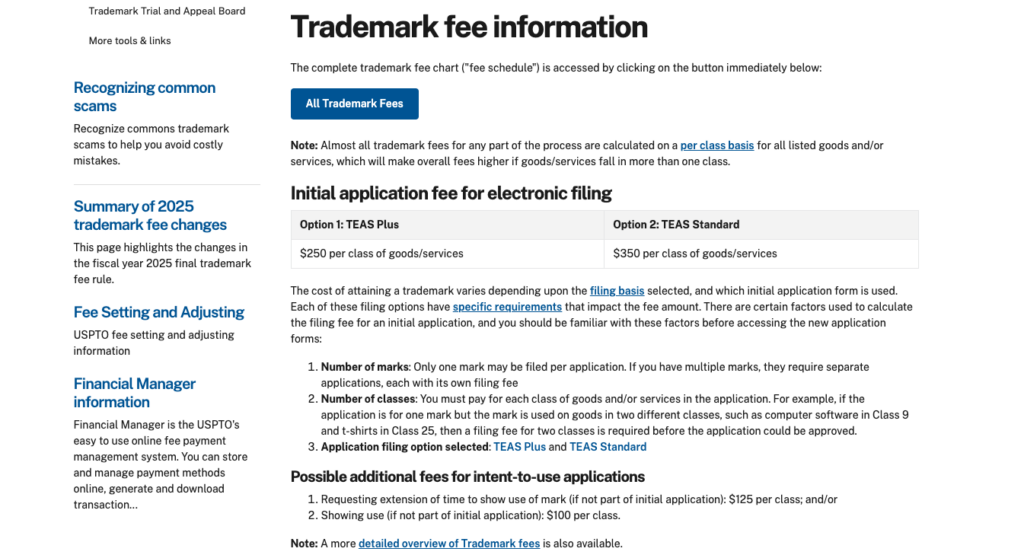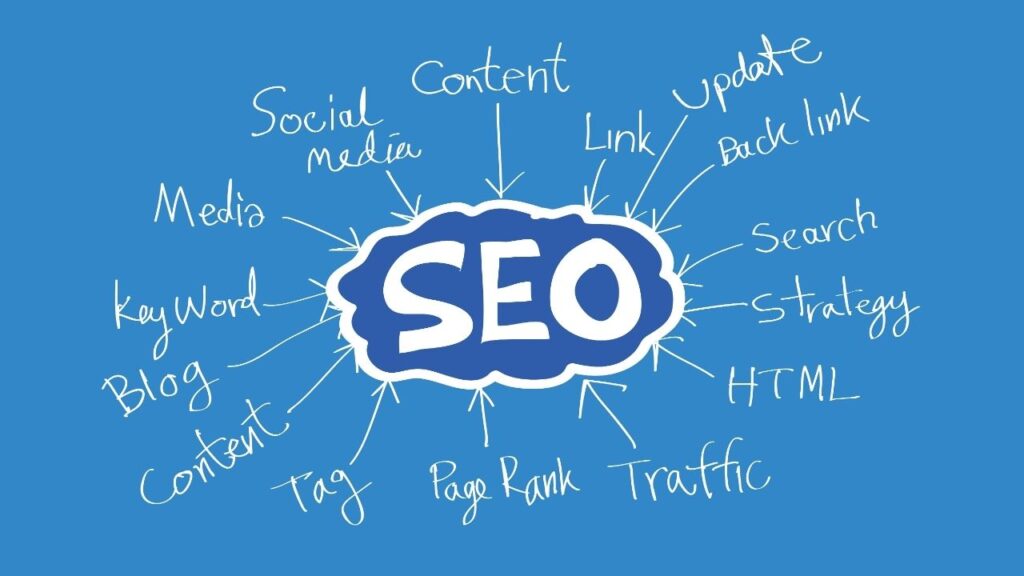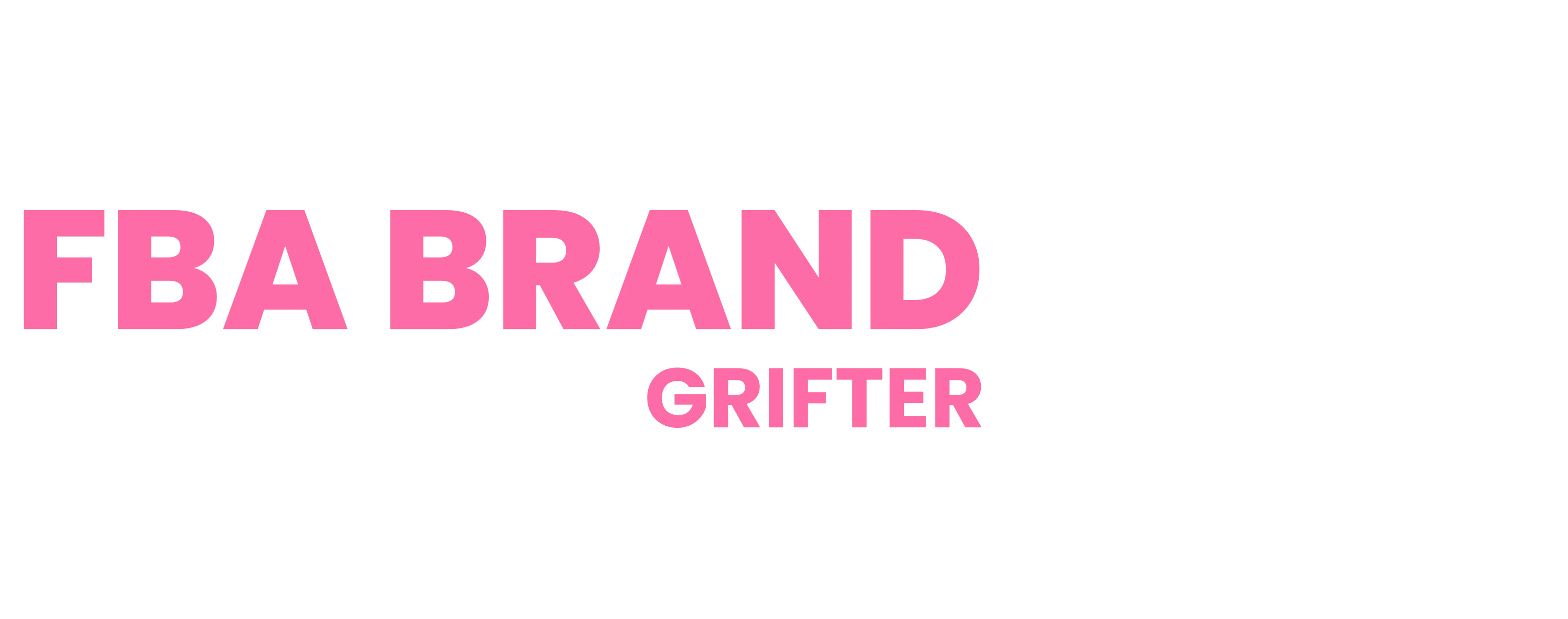Darren Campbell markets himself as “The Brand Builder,” promising his clients expert guidance to craft Amazon businesses from scratch. But when you peel back the curtain, his advice on branding—arguably the foundation of any business—raises serious red flags.
From vague suggestions to outright impractical guidance, Darren’s lessons on building a brand name reveal more about his lack of expertise than his supposed mastery.
The “Emotional” Approach to Branding: A Lot of Talk, Little Substance
In one video, Darren proclaims that the best brands in the world sell emotions, not products. It’s a catchy statement, sure, but his elaboration falls flat. He vaguely gestures toward Nike and Coca-Cola as examples without offering actionable insights for small businesses starting out on Amazon.
For instance, Darren insists:
“You’re not selling a product; you’re selling a story and an emotion.”
While it’s true that billion-dollar companies can afford to create globally recognizable brands infused with emotion, most Amazon FBA sellers lack the resources—or even the need—for such grand strategies. For a start-up selling repackaged products like a camping chair or a basketball net, the logo slapped onto the packaging isn’t going to influence a buyer’s decision.
These are practical, price-driven purchases, not emotional ones. Darren offers no practical advice for infusing “emotion” into branding at a small scale, especially when your product is indistinguishable from dozens of similar listings.
How does a start-up selling generic goods compete in such a market? Darren doesn’t say, leaving sellers to grapple with unrealistic expectations.


Leveraging AI: A Missed Opportunity
In another video, Darren demonstrates how to use AI tools like ChatGPT and Namelix to generate brand names. While the tools themselves are great resources, Darren’s guidance is superficial. He showcases how to input basic prompts but skips over the critical step of refining AI-generated results to align with market trends, target demographics, or brand identity.
Instead, Darren creates a list of generic, forgettable names and leaves viewers with little direction on how to assess or improve them. The result? Clients may end up with bland, uninspired brand names that fail to stand out in Amazon’s saturated marketplace.
Relying on Third-Party Services Without Transparency
Darren strongly advocates for using third-party services like Namelix, SquadHelp, and trademark attorneys handpicked by his program. While these platforms can be helpful for branding, Darren's advice leaves little room for cost-conscious clients to explore alternative options. He doesn’t provide a framework for evaluating other solutions, effectively steering clients toward these potentially expensive choices without full transparency.
Take SquadHelp, for instance, which Darren lauds as the ultimate branding tool, saying:
"This is why we use SquadHelp; it’s the best out there for branding contests."
But SquadHelp’s pricing reveals a hefty financial commitment. Packages range from $299 for the "Bronze" option—offering basic branding services with limited entries—to a staggering $4,097 for the "Managed" plan, which includes a fully guided branding experience. Even intermediate options like the "Gold" package cost $1,247, making it clear that these are not minor expenses. For a client already stretched thin after paying Darren’s program fees and dealing with unexpected costs, this kind of additional outlay could be financially crippling.
Worse, Darren offers no advice on navigating more affordable alternatives or creating brand names independently. Services like SquadHelp might work for big-budget projects, but for small FBA sellers—especially those launching private-label products that rely more on price than emotional branding—the expense feels unwarranted.
A DIY approach using free or low-cost tools could suffice for many sellers, but that’s never mentioned. Instead, Darren’s guidance seems designed to funnel clients into high-cost solutions, adding yet another financial strain to an already overwhelming process.

The Price Tag Problem
Darren quotes £600 for the trademarking process, including attorney fees, and describes it as a “mandatory part of the blueprint.” While this figure might be accurate for using the attorney Darren recommends, it’s far from the only option. Filing a trademark in the U.S. is a straightforward process if you’re willing to do it yourself—and significantly cheaper.
By navigating the USPTO (United States Patent and Trademark Office) website, you can file your application for as little as $250 to $350, depending on the type of trademark class. The process is user-friendly, with step-by-step instructions provided directly by USPTO.
The fact that Darren doesn’t explain this or provide resources for self-filing raises concerns about transparency. Instead, the program pushes clients toward their recommended attorney, effectively turning what could be a cost-saving DIY task into an additional revenue stream for Darren’s circle.
“For anyone considering filing a U.S. trademark, take some time to explore the USPTO site. It’s designed for individual filers, and you’ll save hundreds compared to using an attorney.”
By failing to mention this simpler and cheaper alternative, Darren’s advice feels more like a sales pitch for his network’s services than a genuine effort to empower clients.

Encouraging Mediocrity Through “Checklists”
Darren frequently relies on checklists for branding tasks, a strategy that might appeal to beginners but ultimately stifles creativity. His formulaic approach leads to cookie-cutter brand names and generic product positioning. Clients end up with uninspired, indistinguishable brands that struggle to compete in crowded markets.
For instance, Darren suggests:
“If you want to stand out, think about what your brand says about the customer.”
It’s decent advice on the surface, but Darren offers no practical steps to translate this idea into real-world action. For example, how should clients conduct customer research? What tools or techniques can they use to define their target audience? Once again, Darren’s guidance is all talk and no action.

A Glaring Lack of Accountability
Darren’s lessons frequently focus on what clients need to do to succeed, but where’s his accountability for the advice he gives? Clients who follow his blueprint have reported feeling lost, unsupported, and misled—particularly when it comes to branding costs.
“I was told that £7,000 would cover all additional costs, but then the upsells kept coming. Trademarking, branding, and software weren’t included, and the costs kept piling up.”
Instead of taking responsibility for these frustrations, Darren often shifts the blame onto clients, suggesting they didn’t follow his advice properly. But when that advice is as vague and impractical as Darren’s branding videos, how can clients be expected to succeed?

Beyond Creativity, Think SEO and Social Media
A brand name isn’t just about sounding catchy—it plays a critical role in SEO, discoverability, and securing your presence across platforms. Darren’s advice overlooks these technical aspects, leaving sellers vulnerable to costly missteps.
On Amazon, keywords matter: a brand name incorporating relevant terms can improve search rankings and help customers find your product more easily. Beyond that, securing consistent social media handles and a matching domain name is essential for building credibility. Sellers risk confusion or missed opportunities if their brand name is already in use or doesn’t align across platforms.
Darren’s focus on storytelling and emotions misses this crucial intersection of branding and practicality, putting clients at a disadvantage from the start.

The Real Cost of Branding Missteps
While Darren champions branding as the cornerstone of Amazon success, he ignores a glaring reality: for many sellers relying on Alibaba or Chinese suppliers, branding may not significantly influence buyer decisions.
If your product is essentially the same as dozens of others on Amazon—save for a new logo or slightly different packaging—price becomes the key differentiator, not the emotional connection Darren claims to build. Buyers on Amazon often base decisions on reviews, price, and delivery speed, especially for one-off purchases or higher-ticket items.
Here’s the problem:
- Commoditized Products: Branding alone won’t make a repackaged generic product stand out if dozens of competitors offer the same item at a lower price.
- Emotional Disconnect: Products like phone chargers, kitchen tools, or fitness accessories rarely foster emotional attachment. Buyers aren’t looking for a story—they’re looking for affordability and reliability.
- Lack of Repeat Customers: Selling $100+ products means many clients won’t return, even if they loved your item. Without repeat business, relying on branding as your USP becomes a losing game.
Darren’s advice ignores this harsh truth, pushing sellers toward an expensive, branding-focused approach that may not align with Amazon’s buyer behaviors.
The Final Verdict: Empty Promises, Expensive Lessons
Darren Campbell markets himself as a branding expert, but his advice lacks depth, practicality, and accountability. His reliance on expensive third-party services, generic branding formulas, and superficial AI demonstrations leave clients with little value for their investment.
For a program that costs £6,500 upfront and demands thousands more in additional fees, clients deserve better than a crash course in mediocrity. Darren’s branding videos aren’t just unhelpful—they’re emblematic of a broader pattern within his program: overpromising, underdelivering, and shifting the blame when things go wrong.
If you’re considering Darren’s program, ask yourself: is this really the level of expertise you’re willing to pay for? Or are you better off learning branding fundamentals from free, reputable resources online?

